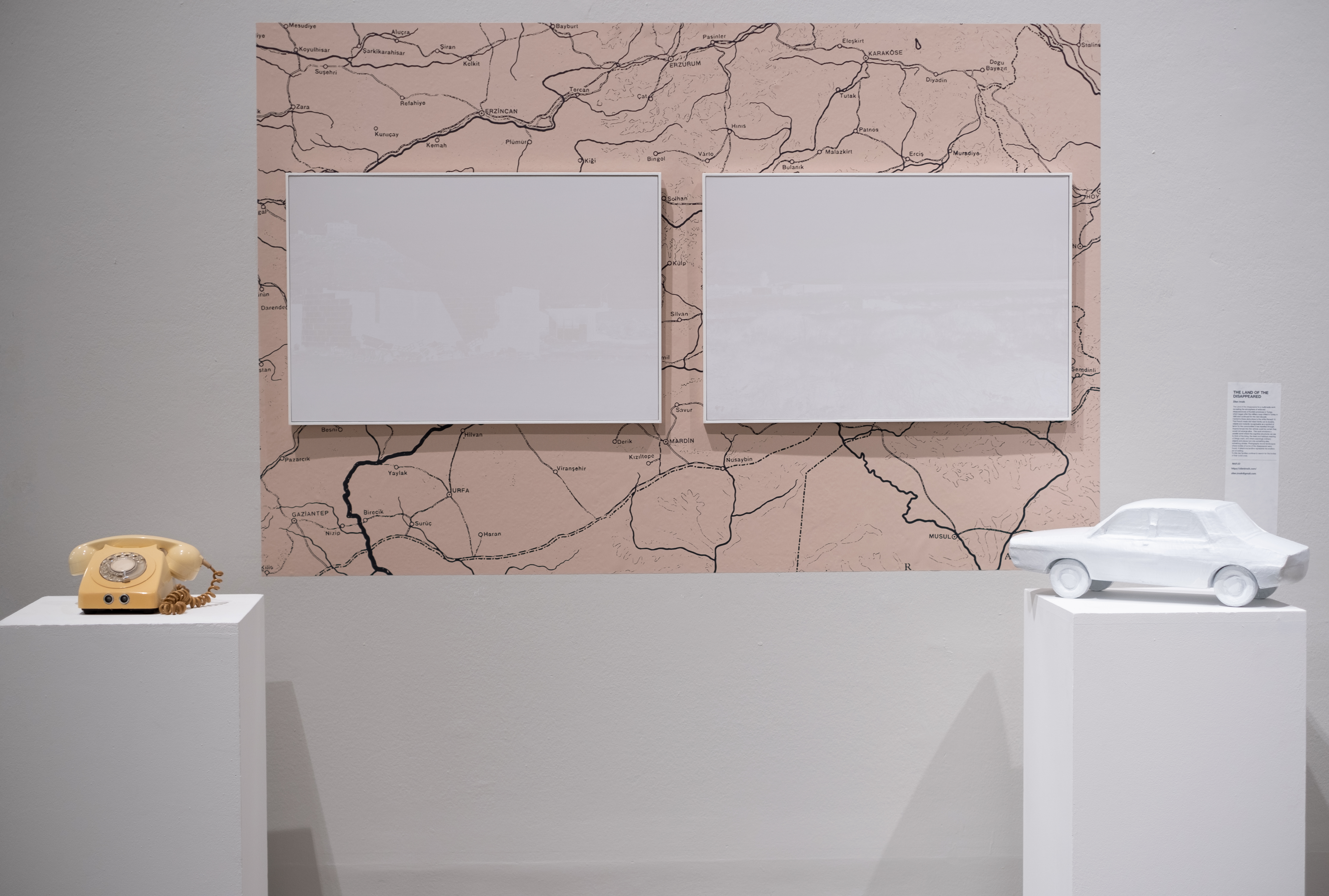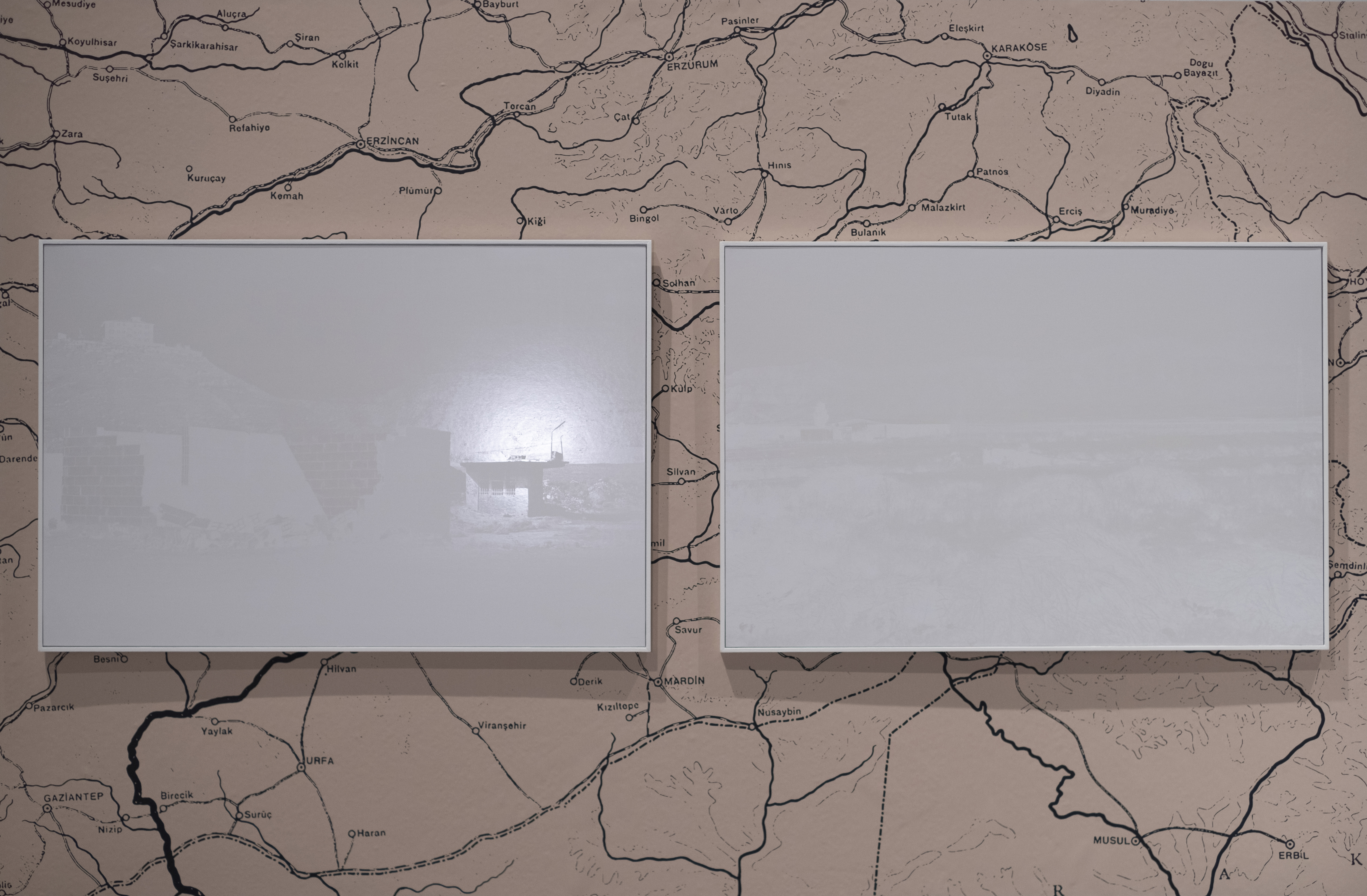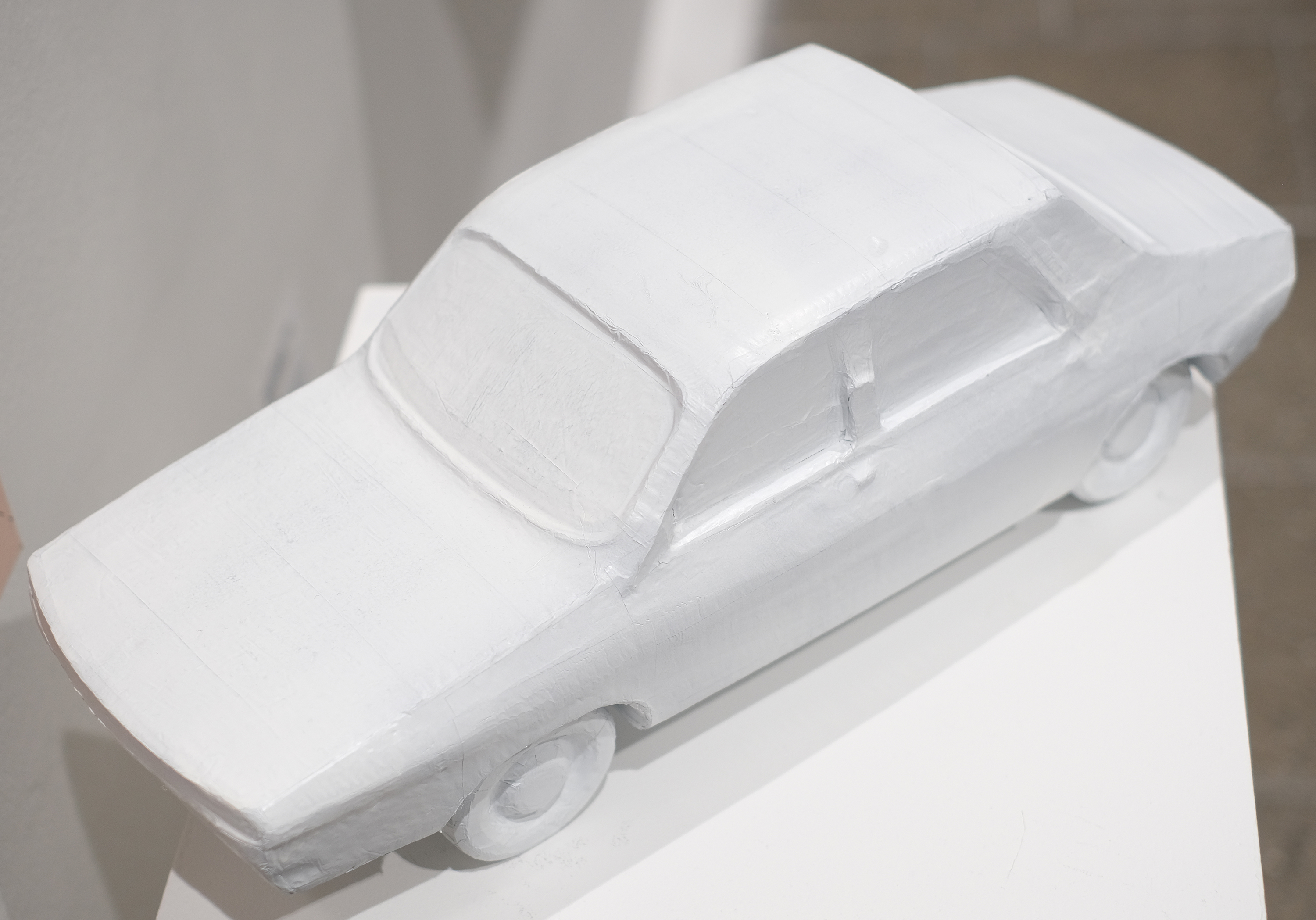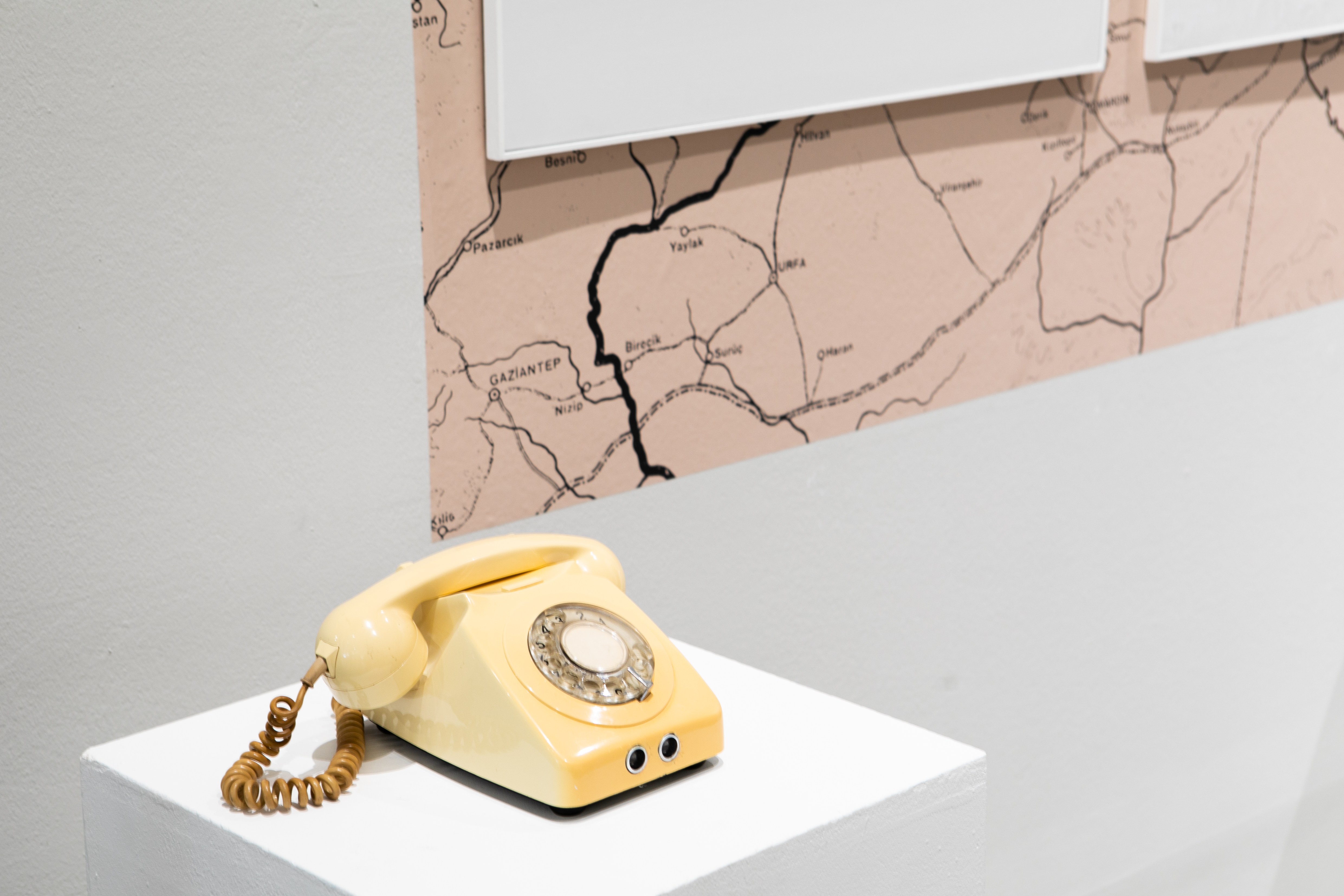THE LAND OF THE DISAPPEARED (2022)
VIRTUAL INSTALLATION
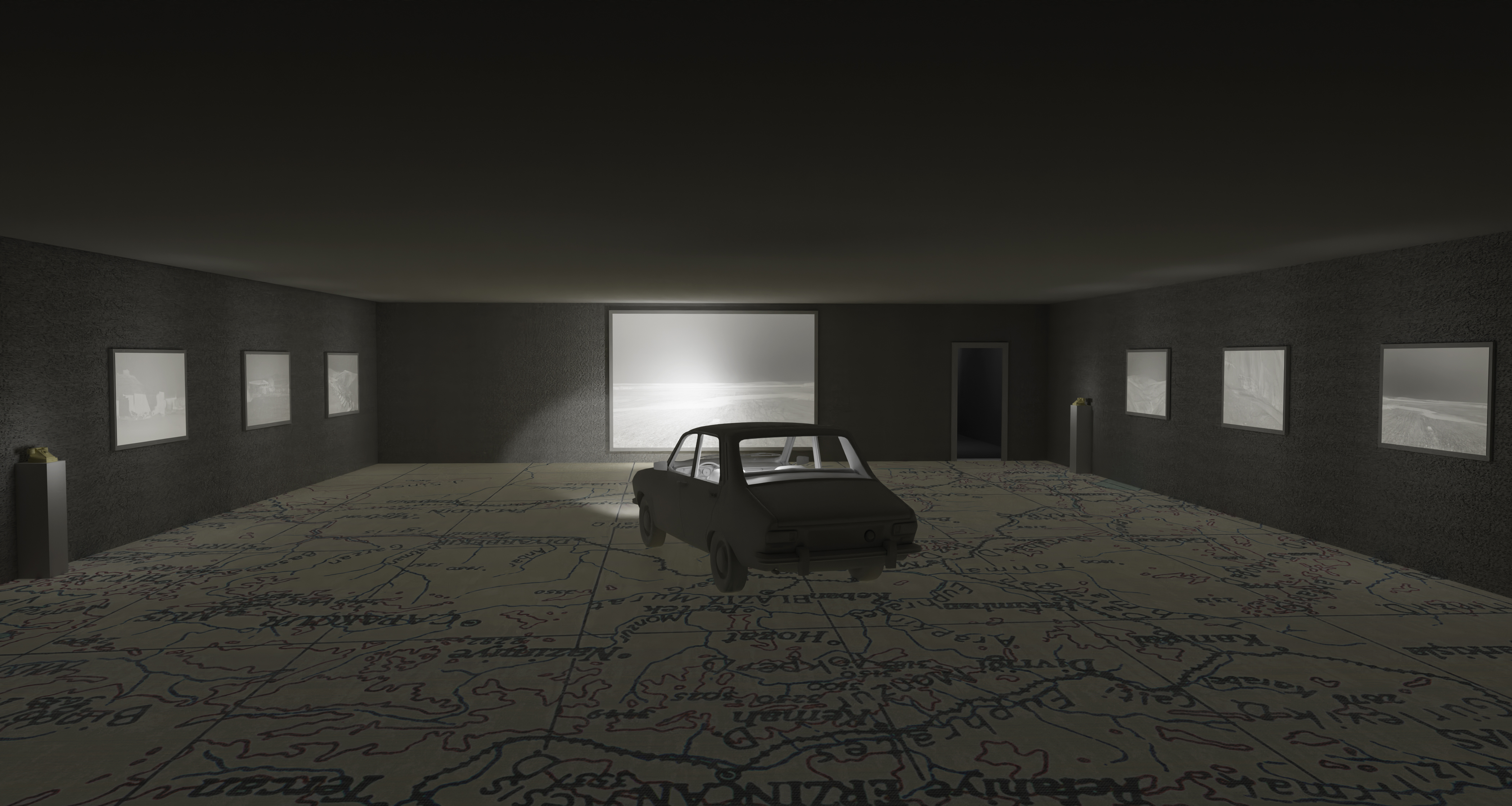
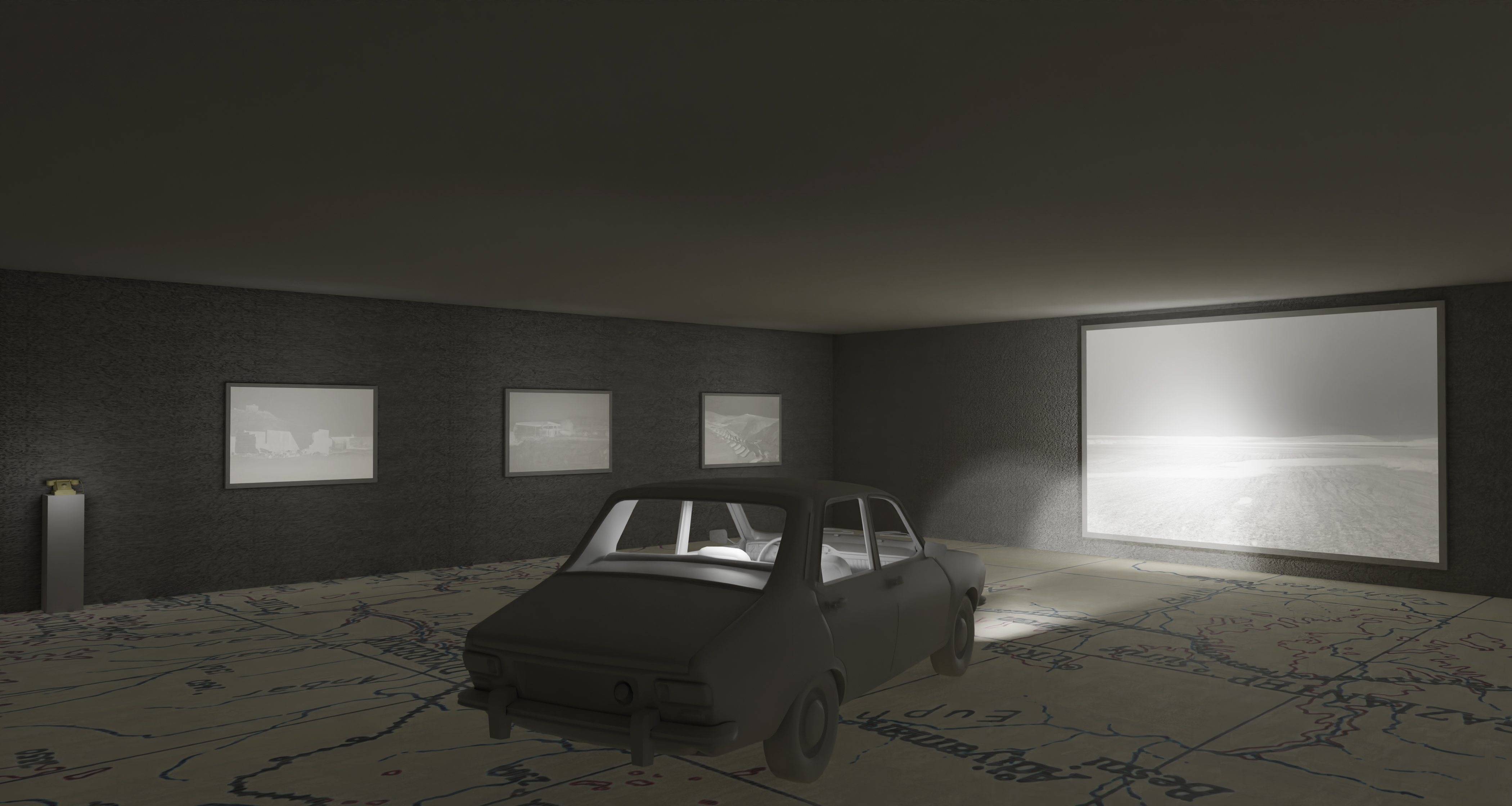

The Land of The Disappeared is a multimedia installation work recreating the atmosphere of enforced disappearances in Kurdish provinces of Turkey. Disappearances began in Turkey after the military coup d’état in 1980, and continued for the next two decades. During this period the Turkish military committed extensive human rights violations against its citizens, including the Kurds. Most of the disappeared were either politicians, local Kurdish community leaders, or people with left-wing political views, although in truth anyone could go missing, and no-one was safe.
This work creates a parallel world where the cognitive structures we use to think of the living, the dead and the normal meaning of things cracks, and where seemingly ordinary objects and places turn into something else, something horrible.
At the centre of the room stands a prominent white Renault 12 car, notorious for its role in abductions, and instantly recognisable as a symbol of terror for the Kurds. Anyone forced into this vehicle could be certain they would not emerge alive. The car is situated on top of a floor which is a map of the Kurdish provinces of Turkey.
On the walls, there are photographs of landscapes which are directly associated with the enforced disappearances of the Kurds. The photographs, printed on white paper with layers of varnish, appear white from afar but reveal different details under varying light angles when viewed up close.
The old phone represents families awaiting news of or from their loved ones, yet it also serves as a tool of government intimidation, reminding them to remain silent. The phone is equipped with a motion sensor which begins to ring whenever someone is near.
This space is designed in the hope it can one day be created in real life, and some images show exhibitions in England where I have attempted to create this space on a very small scale.
No precise and final figure has emerged for the number of people that were forcibly disappeared in Turkey, but according to the Truth and Justice Foundation the total number of the disappeared is 1,353. To this day families continue to search for their loved ones.
This work creates a parallel world where the cognitive structures we use to think of the living, the dead and the normal meaning of things cracks, and where seemingly ordinary objects and places turn into something else, something horrible.
At the centre of the room stands a prominent white Renault 12 car, notorious for its role in abductions, and instantly recognisable as a symbol of terror for the Kurds. Anyone forced into this vehicle could be certain they would not emerge alive. The car is situated on top of a floor which is a map of the Kurdish provinces of Turkey.
On the walls, there are photographs of landscapes which are directly associated with the enforced disappearances of the Kurds. The photographs, printed on white paper with layers of varnish, appear white from afar but reveal different details under varying light angles when viewed up close.
The old phone represents families awaiting news of or from their loved ones, yet it also serves as a tool of government intimidation, reminding them to remain silent. The phone is equipped with a motion sensor which begins to ring whenever someone is near.
This space is designed in the hope it can one day be created in real life, and some images show exhibitions in England where I have attempted to create this space on a very small scale.
No precise and final figure has emerged for the number of people that were forcibly disappeared in Turkey, but according to the Truth and Justice Foundation the total number of the disappeared is 1,353. To this day families continue to search for their loved ones.
PHOTOGRAPHS

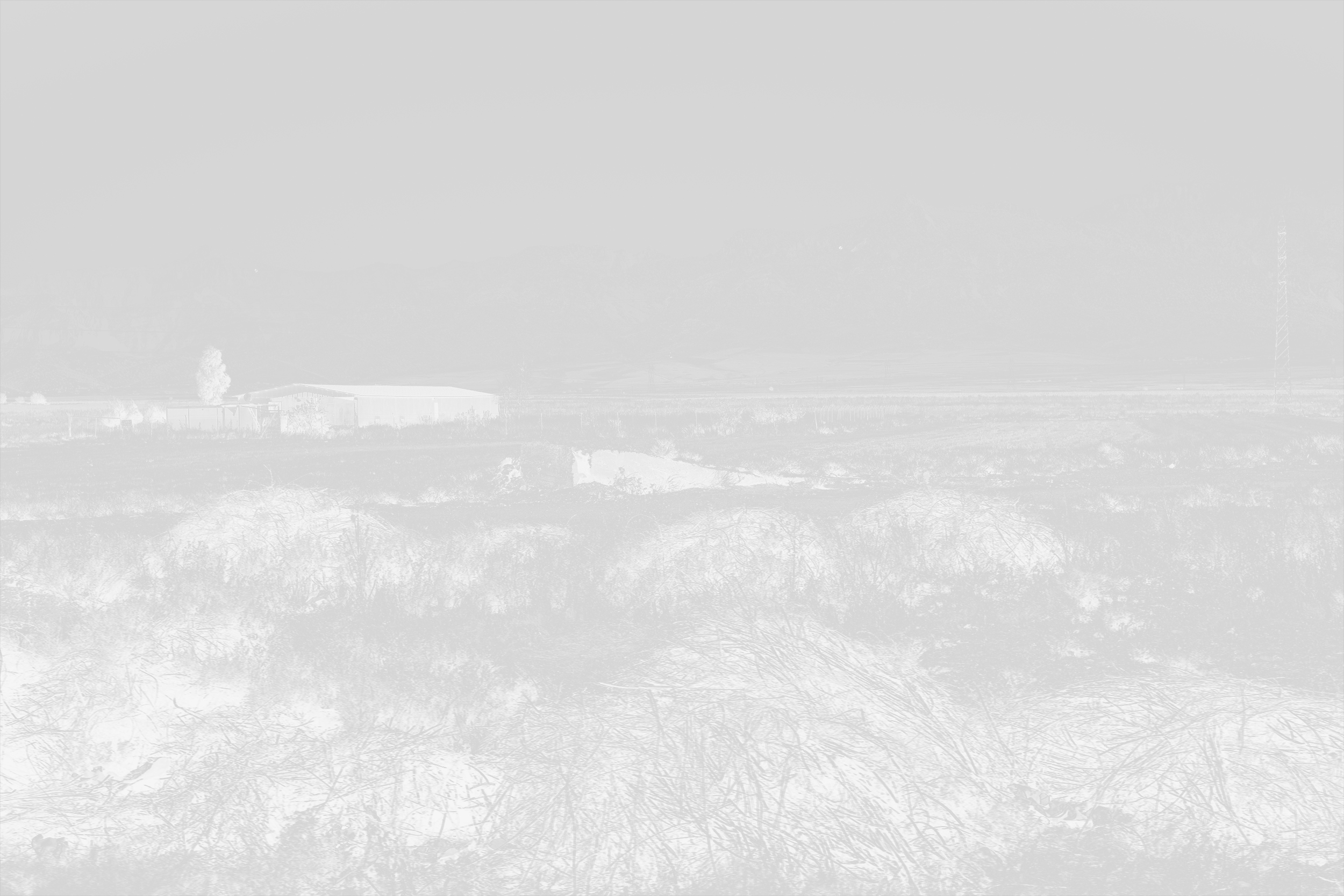
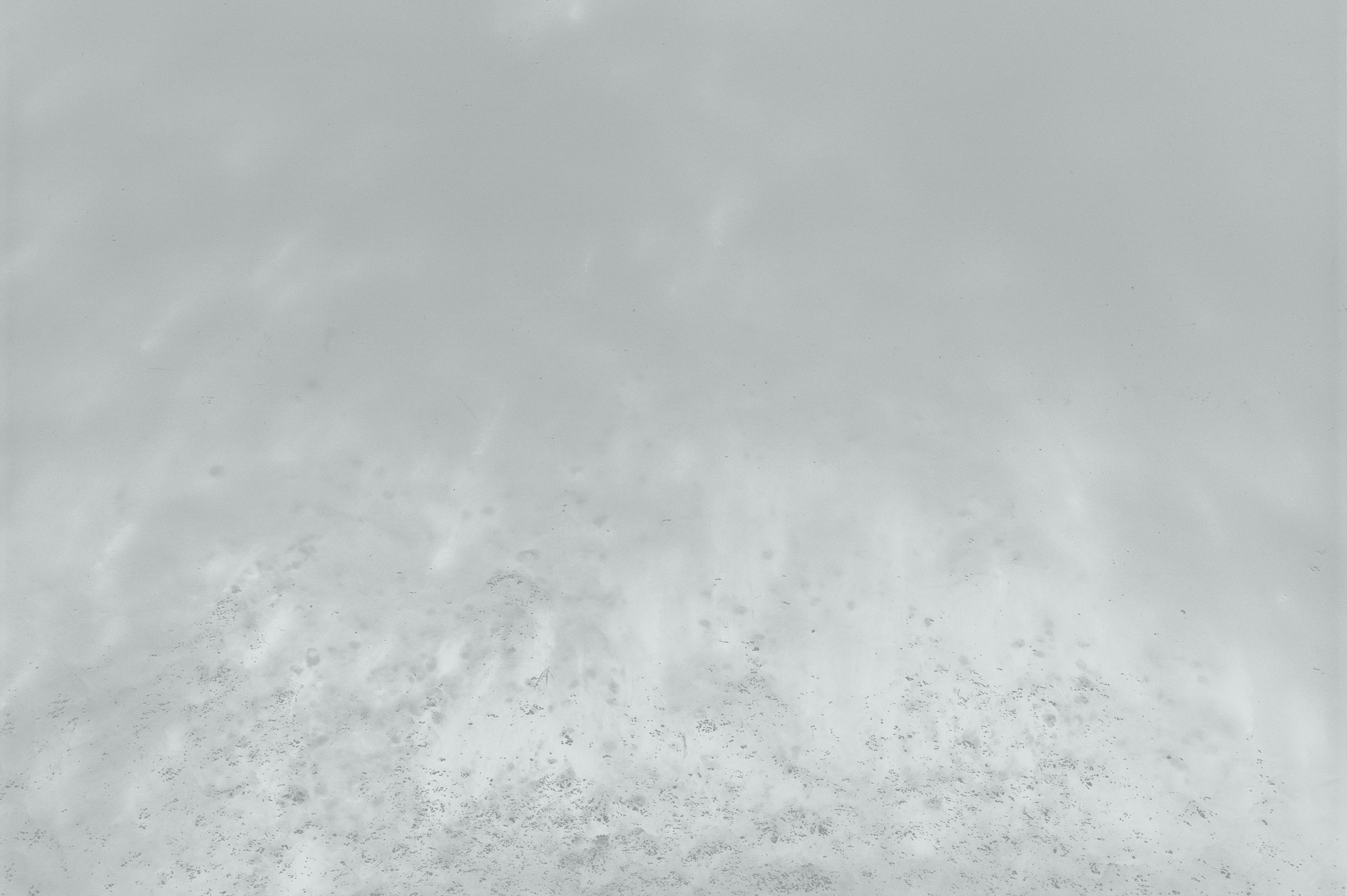
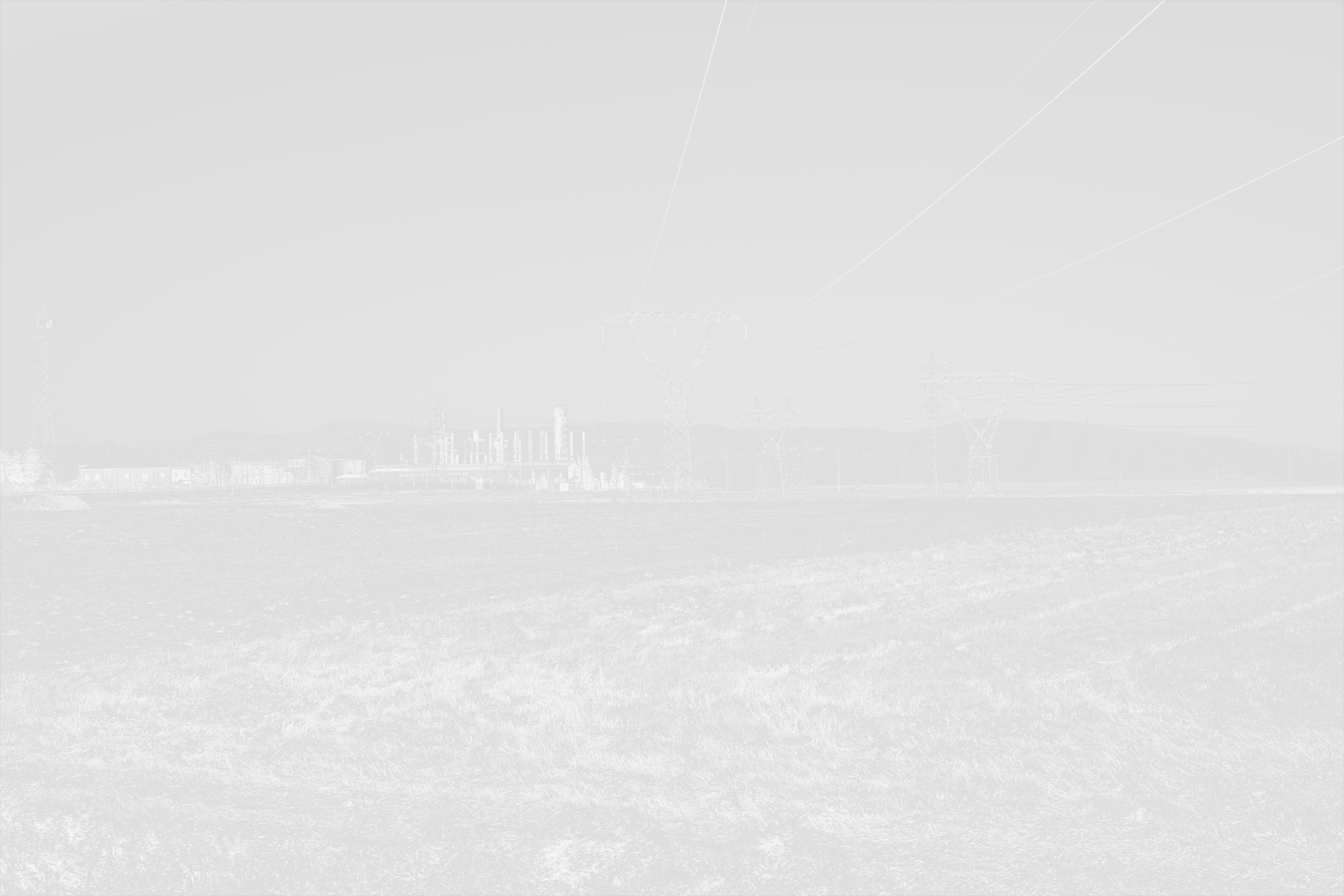
EXHIBITION
